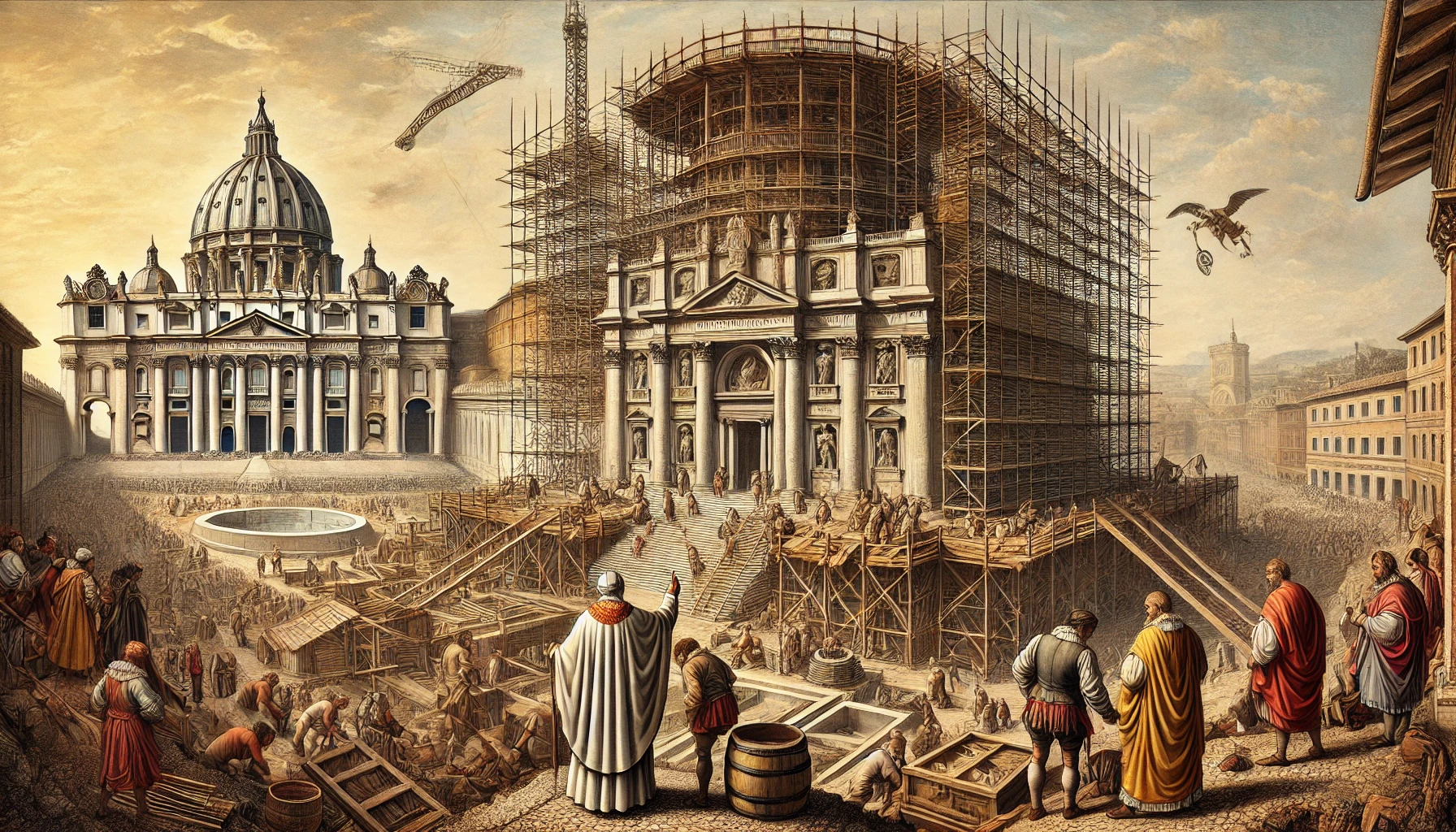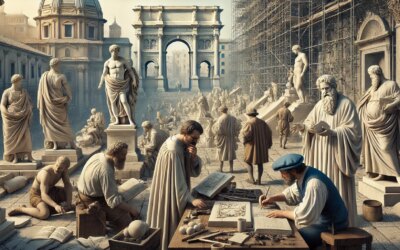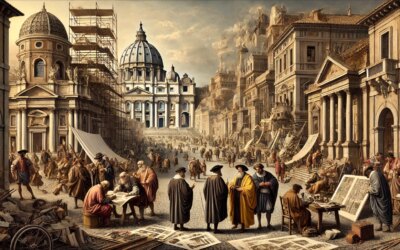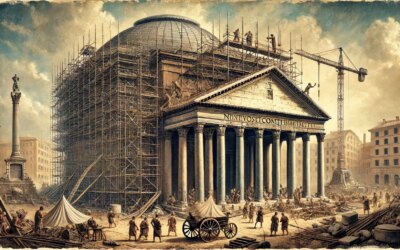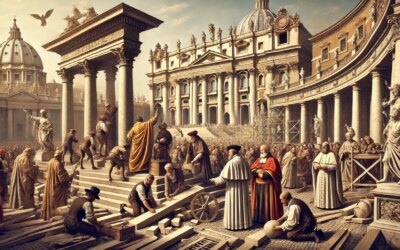A Vision for Rome’s Renaissance
By the mid-15th century, Rome was emerging from a long period of decline, striving to reclaim its status as a center of culture and power. Among the most ambitious projects of the era was the construction of the Sistine Chapel, commissioned by Pope Sixtus IV in 1473. The chapel would become a cornerstone of the Vatican, setting the stage for some of the greatest artistic achievements of the Renaissance.
Sixtus IV and His Grand Plan
Pope Sixtus IV, a patron of the arts and learning, sought to enhance the prestige of the papacy by commissioning new buildings, bridges, and renovations across Rome. The Sistine Chapel, named after him, was designed to be the papal chapel and the site of important religious ceremonies, including papal conclaves.
Architectural Design and Influences
The construction of the Sistine Chapel was overseen by architect Baccio Pontelli, who drew inspiration from earlier Roman basilicas. The chapel’s dimensions were said to be based on Solomon’s Temple in Jerusalem, symbolizing its sacred purpose. Builders used high-quality travertine stone, and scaffolding was erected to complete the vaulted ceiling and decorative elements.
Transforming the Chapel’s Interior
Though its structure was completed in 1481, the chapel’s artistic grandeur was only beginning. Sixtus IV invited some of the greatest painters of the time, including Sandro Botticelli, Pietro Perugino, and Domenico Ghirlandaio, to decorate the walls with biblical scenes. Their frescoes, depicting events such as the life of Moses and the life of Christ, set the foundation for what would later become one of the most celebrated artistic spaces in history.
A Renaissance Marvel
The Sistine Chapel’s initial construction and decoration laid the groundwork for its later transformation. In the early 16th century, Michelangelo would be commissioned by Pope Julius II to paint the now-iconic ceiling, elevating the chapel’s artistic significance to unprecedented heights.
The Enduring Legacy of the Sistine Chapel
The construction of the Sistine Chapel symbolized Rome’s rebirth as a center of art, religion, and political power. Today, it remains one of the most visited and revered sites in the world, a testament to the vision of Pope Sixtus IV and the brilliance of the Renaissance masters who brought it to life.

